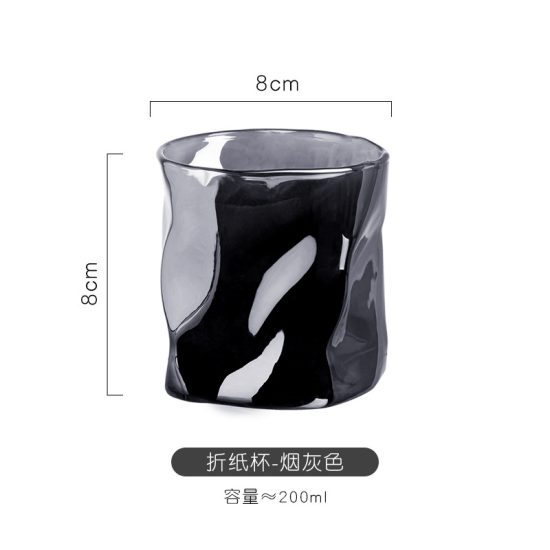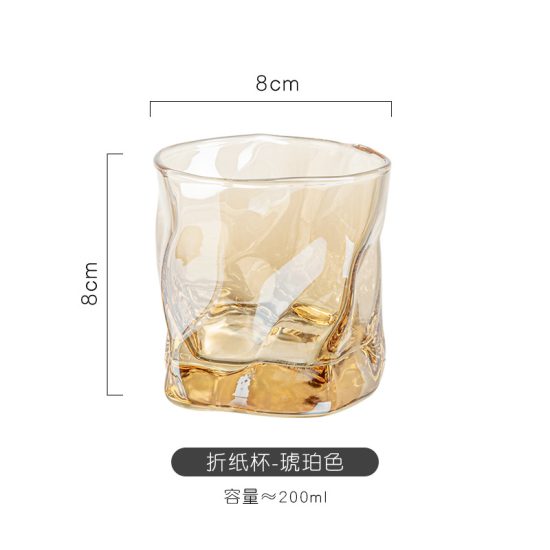The production process of a glass tumbler typically involves the following steps:
- Glass melting: The first step in glass tumbler production is to melt the raw materials, typically silica sand, soda ash, and limestone, in a furnace at a temperature of around 1700°C. This creates molten glass, which is then poured into molds.
- Molding: The molten glass is poured into molds, which shape the glass into the desired form. The molds are usually made of metal and are designed to create a specific shape and size of glass tumbler.
- Annealing: After the glass has been molded, it undergoes an annealing process. This involves slowly cooling the glass to room temperature over several hours, which reduces the internal stresses in the glass and makes it more durable.
- Finishing: Once the glass has been annealed, it is removed from the mold and undergoes a finishing process. This involves trimming any excess glass from the edges of the tumbler and smoothing the surface.
- Decorating: Glass tumblers can be decorated with various designs, patterns, or logos using a printing or etching process.
- Quality control: The finished glass tumblers undergo a quality control process to ensure that they meet the required standards for strength, clarity, and appearance.
Overall, the production process of a glass tumbler involves multiple steps, including glass melting, molding, annealing, finishing, decorating, and quality control, to create a durable and high-quality drinking glass.



